What are Scope 1, 2, and 3 emissions?
Key Points:
- Scope 1 emissions are under the direct control of the organization.
- Scope 2 emissions are associated with purchased electricity or energy consumed by the organization.
- Scope 3 emissions are generally the largest category and represent a broader impact beyond the organization’s direct operations, encompassing the entire value chain.
Scope 1, Scope 2, and Scope 3 emissions are categorizations used in greenhouse gas (GHG) accounting and reporting to classify different sources of emissions associated with an organization’s activities. These categories help in understanding and managing the carbon footprint comprehensively:
SCOPE 1 Emissions
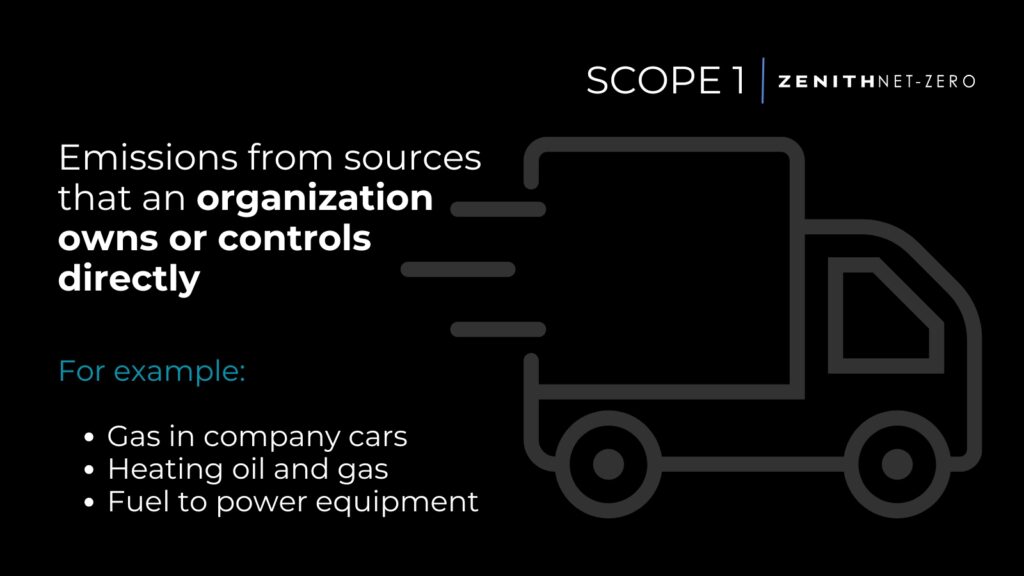
Definition and Control: Scope 1 emissions include GHGs emitted from sources that the organization owns or directly controls. This typically involves combustion of fuels and chemical reactions within the organization’s operations.
Examples of Scope 1 Emissions:
- Fuel Combustion: Emissions from burning fossil fuels for heating buildings, powering machinery, or fueling company-owned vehicles fall under Scope 1. This includes emissions from sources like natural gas, diesel, gasoline, and propane.
- Industrial Processes: Certain industrial processes can also result in direct emissions of GHGs. For example, emissions from chemical reactions in manufacturing processes or emissions from flaring in oil and gas extraction are considered Scope 1.
Measurement and Reporting: Organizations measure Scope 1 emissions by calculating the amount of greenhouse gases emitted directly from these sources. Common greenhouse gases measured include carbon dioxide (CO2), methane (CH4), and nitrous oxide (N2O), among others.
Importance and Management: Scope 1 emissions are crucial for organizations to understand because they represent direct impacts that can be influenced through operational changes and efficiency improvements. Managing and reducing Scope 1 emissions can lead to immediate reductions in an organization’s overall carbon footprint and contribute to sustainability goals.
Regulatory Considerations: Many jurisdictions require organizations to report their Scope 1 emissions as part of regulatory compliance frameworks or voluntary sustainability reporting initiatives. Understanding and accurately reporting these emissions is essential for transparency and accountability.
By focusing on Scope 1 emissions, organizations can identify opportunities for emission reductions, improve energy efficiency, and mitigate environmental impacts associated with their direct operations. This proactive approach not only supports environmental sustainability but can also lead to cost savings and enhanced corporate reputation.
SCOPE 2 Emissions
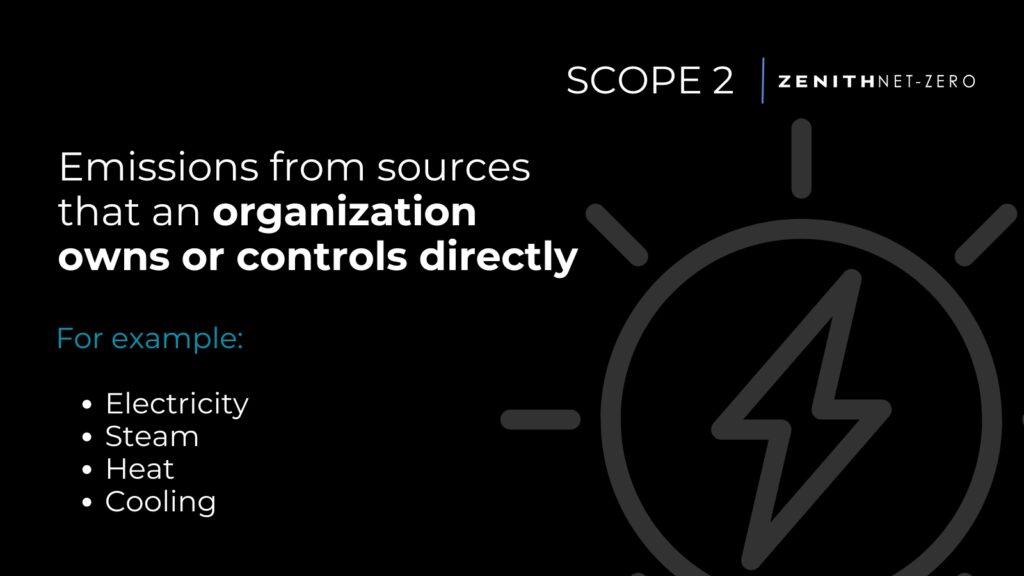
Scope 2 emissions are categorized as indirect greenhouse gas (GHG) emissions that result from the generation of purchased electricity, steam, heating, and cooling consumed by the organization. These emissions occur outside of the organization’s direct control but are associated with its energy consumption. Here are some key points and examples of Scope 2 emissions:
Definition and Indirect Nature: Scope 2 emissions arise from the generation of electricity and other forms of purchased energy that organizations use for their operations. Unlike Scope 1 emissions, which are direct emissions from owned or controlled sources, Scope 2 emissions are considered indirect because they occur at the point of energy generation, not at the organization’s facilities.
Examples of Scope 2 Emissions:
- Electricity Consumption: The most common source of Scope 2 emissions is electricity purchased from utilities or other energy providers. The emissions associated with electricity consumption depend on the mix of energy sources used by the utility (e.g., coal, natural gas, renewables).
- Steam, Heating, and Cooling: In addition to electricity, Scope 2 can also include emissions from the consumption of other purchased energy forms like steam, district heating, or cooling.
Calculation and Reporting: Organizations typically calculate Scope 2 emissions using emission factors provided by energy suppliers or national emission databases. These factors quantify the GHG emissions per unit of energy consumed (e.g., kg CO2 per kWh of electricity).
Scope 2 Market-based vs. Location-based Reporting: There are two methods for reporting Scope 2 emissions:
- Location-based: This method uses average emission factors for the geographic region where the energy is consumed.
- Market-based: This method takes into account the specific emission factors associated with the energy sources purchased by the organization, including any renewable energy certificates (RECs) or green power purchases.
Importance and Strategies: Understanding Scope 2 emissions is crucial for organizations committed to sustainability. It allows them to assess the environmental impact of their energy consumption, set reduction targets, and make informed decisions about purchasing renewable energy or improving energy efficiency.
Regulatory Compliance and Reporting: Many regulatory frameworks and voluntary reporting initiatives require organizations to disclose Scope 2 emissions as part of their overall GHG inventory. Accurate reporting helps demonstrate transparency and accountability in environmental performance.
By addressing Scope 2 emissions through energy efficiency measures and transitioning to renewable energy sources, organizations can significantly reduce their carbon footprint and contribute to global climate goals while potentially lowering operational costs and enhancing their sustainability credentials.
SCOPE 3 Emissions
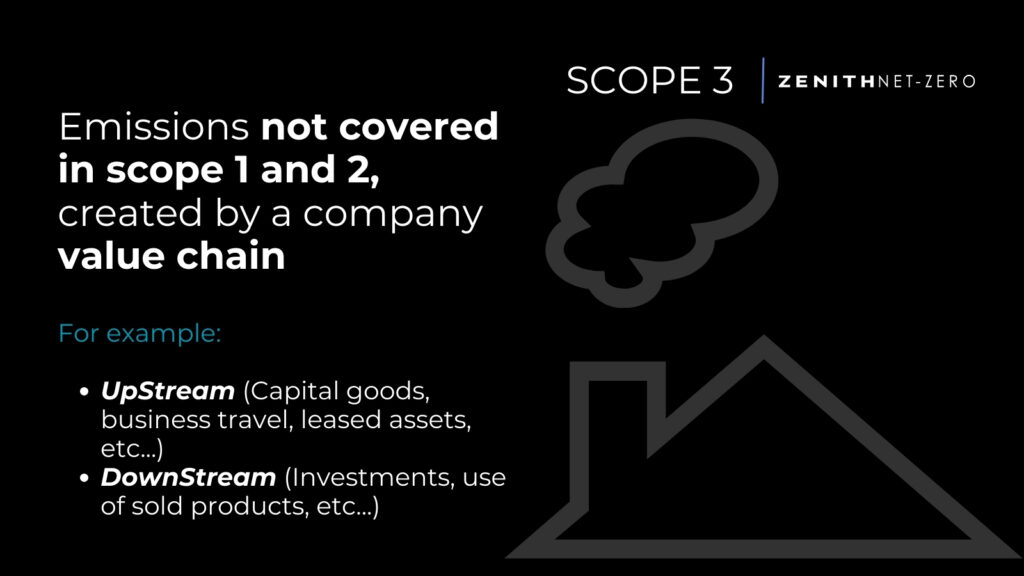
Scope 3 emissions encompass all other indirect greenhouse gas (GHG) emissions that occur in the value chain of the organization, both upstream and downstream. These emissions are typically the largest and most complex category, representing a broad range of activities beyond the organization’s direct control but influenced by its operations. Here’s an expanded explanation of Scope 3 emissions:
Definition and Scope: Scope 3 emissions include GHG emissions from sources not owned or directly controlled by the organization, but which are associated with its activities. These emissions occur as a result of the entire value chain, including upstream activities (e.g., purchased goods and services, transportation of inputs) and downstream activities (e.g., use of products, transportation and distribution, waste generated).
Examples of Scope 3 Emissions:
- Purchased Goods and Services: Emissions associated with the production and transportation of goods and services purchased by the organization, including raw materials, components, and outsourced activities.
- Business Travel: Emissions from employee travel by air, rail, road, and other modes of transportation for business purposes.
- Employee Commuting: Emissions from employees commuting to and from work, whether by car, public transport, or other means.
- Upstream Transportation and Distribution: Emissions from transporting products and materials to the organization from suppliers, including logistics and distribution networks.
- Downstream Use of Products: Emissions from the use of products and services sold by the organization, including energy consumption during use and end-of-life disposal.
- Waste Generated: Emissions from the disposal of waste generated by the organization, including landfill methane emissions and emissions from waste incineration.
Challenges in Measurement: Scope 3 emissions are often more challenging to measure and quantify compared to Scope 1 and Scope 2 emissions due to the complexity of the value chain and the availability of data. Organizations may rely on estimation techniques, industry averages, and supply chain engagement to gather necessary information.
Importance and Impact: Despite the challenges, Scope 3 emissions can represent a significant portion of an organization’s total carbon footprint, sometimes exceeding 80-90% of the total emissions. Managing Scope 3 emissions is essential for organizations aiming to comprehensively address their environmental impact, meet stakeholder expectations, and enhance sustainability performance.
Strategies for Reduction: Strategies for reducing Scope 3 emissions include supply chain collaboration to improve efficiency, sourcing sustainable materials and products, promoting telecommuting and video conferencing to reduce business travel, designing products with lower environmental impacts, and implementing circular economy practices to minimize waste generation.
Reporting and Transparency: Many reporting frameworks, such as the Greenhouse Gas Protocol and corporate sustainability reporting standards, require organizations to disclose Scope 3 emissions to provide a complete picture of their environmental footprint. Transparent reporting enhances credibility and accountability in sustainability efforts.
By identifying and addressing Scope 3 emissions, organizations can unlock opportunities for cost savings, risk mitigation, and innovation while contributing to global efforts to mitigate climate change and promote sustainable development.
The ZenithNet-Zero team includes experts who can guide you and your company in understanding your net-zero needs and achieving your sustainability goals
Questions?
If you can’t find the answer you’re looking for, feel free to write to us. Help us make this blog a rich source of environmental insights and news.
